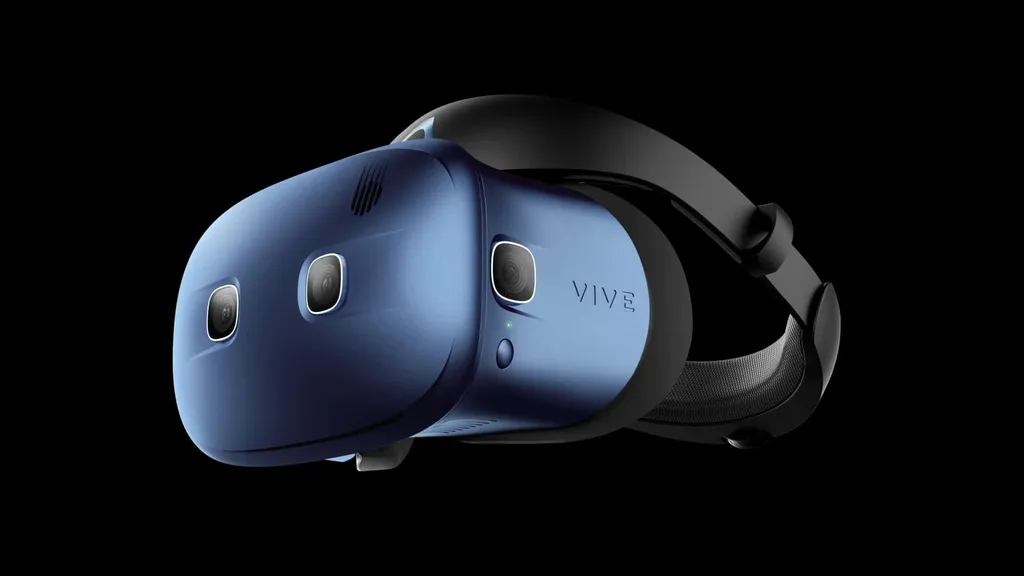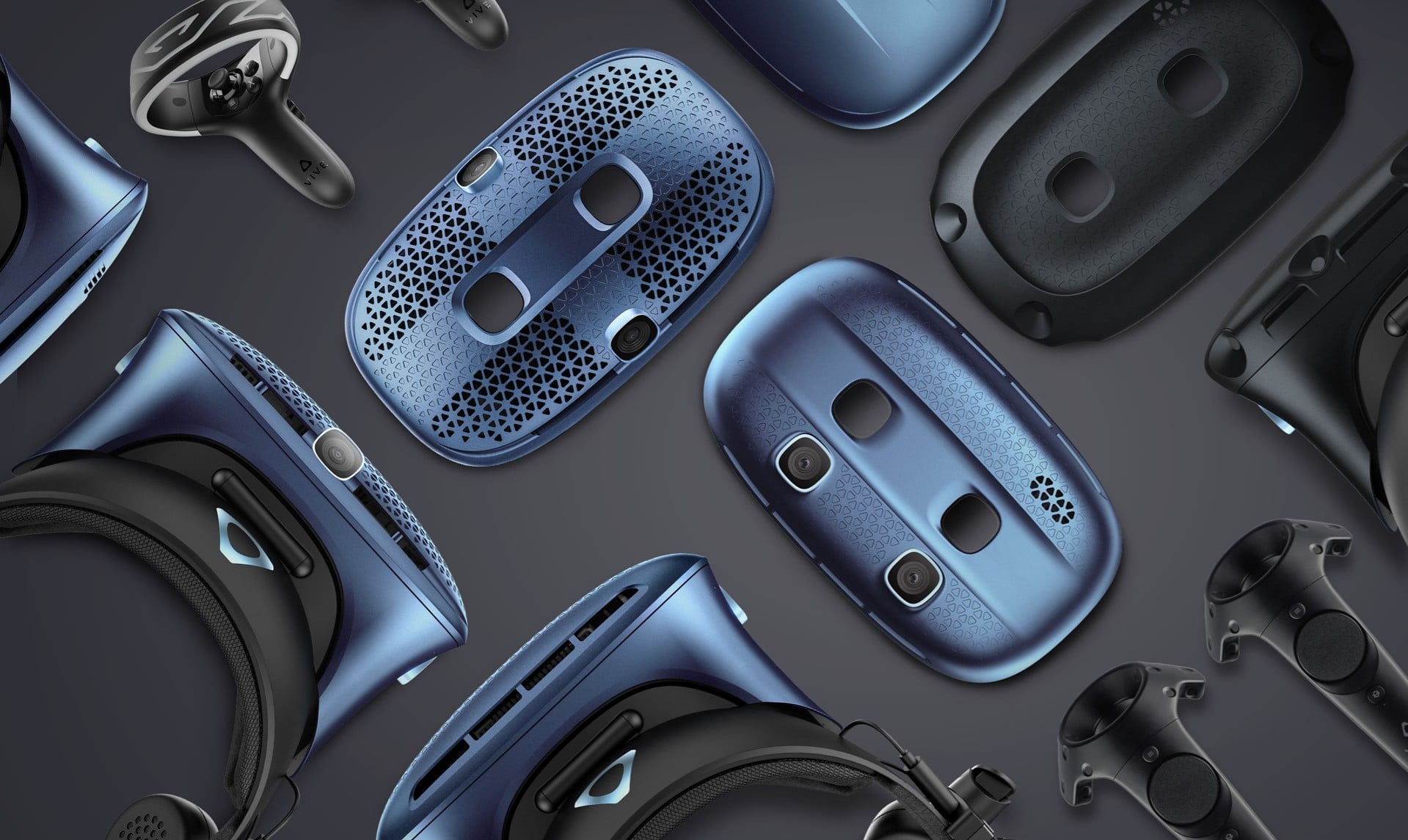Six months ago HTC announced a new, cheaper version of its Vive Cosmos PC VR headset named Vive Cosmos Play.
The headset switched out the original Cosmos’ six-camera inside-out tracking setup for a cheaper, four-camera solution. The idea was to release a headset to cater to the lower-end of the consumer PC VR market, costing around $499. But, after six months of silence, HTC confirmed to UploadVR that the device is shifting in focus.
In a statement issued to us, the company confirmed Cosmos Play is now aimed toward “enterprise and institution”, meaning that HTC now plans to focus on museum and educational uses for Cosmos Play.
“As we continue to create new technologies across XR, we strive to provide the best possible experience for our customers,” the statement reads. “Feedback from our customers is very important to how we create our products, and in hearing directly from them, we’ve decided that our 4-camera version of Cosmos—known as Cosmos Play—is best suited for certain enterprise and institution (such as museum or educational) use cases.
“The product will now be targeted to businesses and institutions looking to use VR as a viewer, technology showpiece, or VR conference solution. We’ll continue to work with key business customers to evaluate the best opportunities for our products.”
The company also confirmed that Cosmos Play won’t be sold online through its consumer website.
Where Cosmos Play Now Sits In The HTC Line-Up
Cosmos Play, then, joins HTC’s growing list of business-focused VR headsets for western markets. Since the launch of the HTC Vive in 2016, the company has released a total of six new VR headset models, four of which (not including Play) are enterprise-focused. The upgraded HTC Vive Pro was replaced by the Pro Eye and the standalone Focus was replaced by the Focus Plus (though, interestingly, both Focus headsets are billed as consumer devices in the Chinese market). These, however, are all relatively expensive headsets with high-specifications.
It sounds like HTC now wants Cosmos Play to cater to the lower-end of HTC’s enterprise business. Whereas the Pro Eye’s eye-tracking and SteamVR setups might make them useful at an office, for example, the low-friction, inside-out tracking setup seen in Cosmos Play could make it better suited for events or public installations. That said, the ongoing COVID-19 pandemic has left it uncertain when conferences and expos will return, not to mention such events where thousands of attendees would all swap out the same VR headset.
Cosmos Play’s departure from the consumer angle leaves HTC with just two gaming-focused VR headsets. The $699 Cosmos was first released last year and the $899 Cosmos Elite, which swaps out HTC’s inside-out tracking for a return to Valve’s SteamVR solution, released alongside Half-Life: Alyx back in March. But the Cosmos series seems to have struggled – the headset currently ranks as the least-used of major VR headsets on the monthly Steam hardware survey reports and HTC’s Dan O’Brien acknowledged a “rough” start for the series earlier this year.
Finally, HTC also teased a compact VR headset earlier this year, codenamed Project Proton. The idea behind it is a lightweight VR display that’s tethered to a smartphone, though HTC also teased it could one day stream VR content over 5G. It’s just a concept for now, though, so don’t expect to hear anything more about it anytime soon.
In January we wrote that leaving the consumer market might be in HTC’s best interests, given increased competition from Facebook, Valve, Sony and other upcoming devices like the HP Reverb G2. With this week’s Cosmos Play update, that eventuality seems closer than ever.



























